For Teachers
Mallows Bay-Potomac River National Marine Sanctuary offers a variety of free resources for educators to support learning about our nation’s maritime heritage and ocean and environmental literacy. Resources include social studies activities, as well as science, technology, engineering, art, and math (STEAM) activities, lesson plans, and guides.
Curriculum
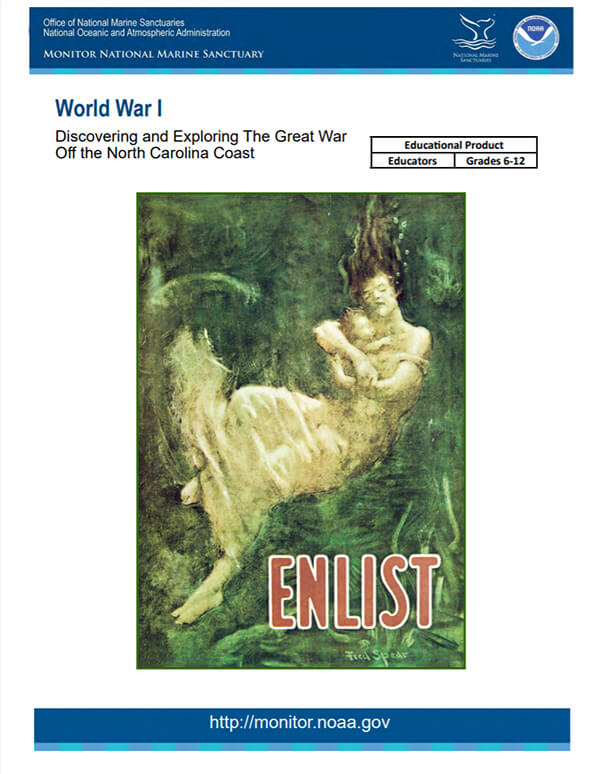
World War I
(Grades 6-12)
Curriculum guide that introduces students to the Great War and how it began. Activities include the United States’ decision to enter the war and showcases how German U-boats came to America’s shores.
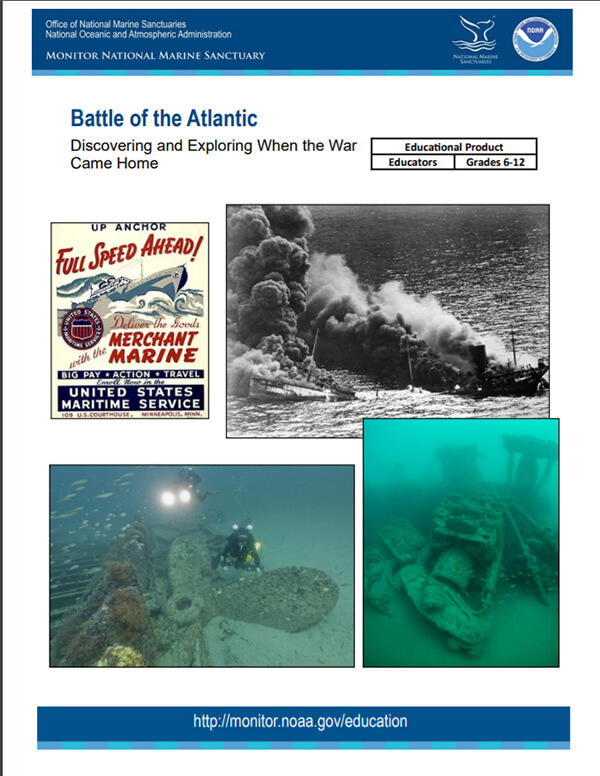
World War II
(Grades 6-12)
Spanning the Atlantic Ocean, the Battle of the Atlantic was the longest and perhaps the most bitterly fought battle of World War II. Students learn the causes of World War II, the importance of the Battle of the Atlantic, and why the war truly came home to America off the East Coast, with North Carolina as the focal point. They explore sunken ships, the U.S. Merchant Marine’s vital role, and life on the home front, and how women’s roles changed.
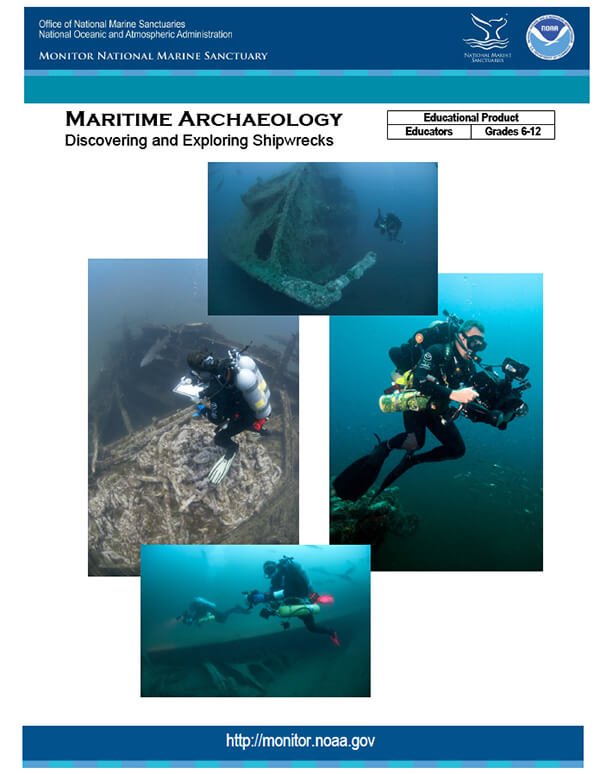
Maritime Archaeology
(Grades 6-12)
This STEM curriculum guide introduces students to the world of NOAA and how NOAA works to protect our maritime heritage and the tools used in exploring, discovering, recovering, and conserving our nation’s cultural resources.
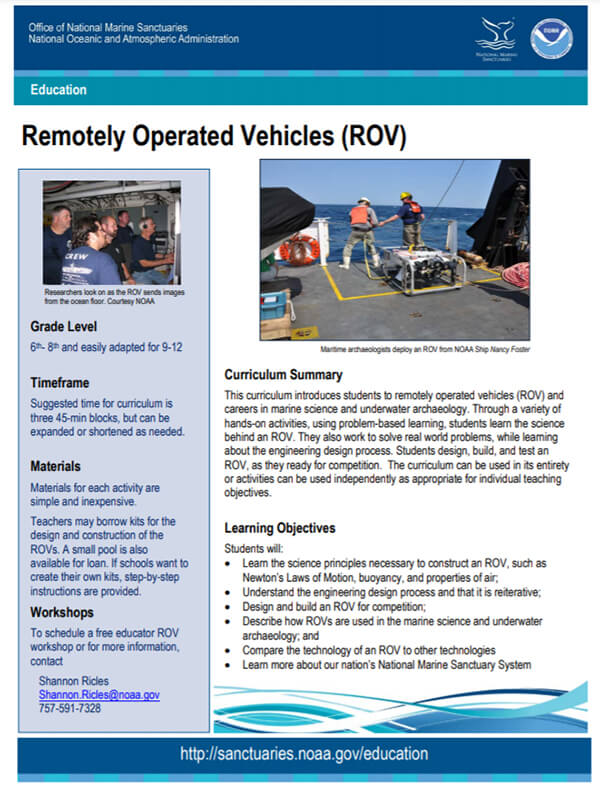
Remotely Operated Vehicles
(Grades 6-12)
The STEM curriculum introduces students to Remotely Operated Vehicles (ROV), careers in marine science, and engineering as they design and build their own ROV.
Lesson Plans and Units

Sanctuaries 360° Virtual Reality Lessons
(Grades 6-8)
Sanctuaries 360° is a collection of immersive underwater experiences to bring America’s underwater treasures to viewers all over the world. Check out the virtual reality videos and 360° immersive photos to explore your national marine sanctuaries from the comfort of our home.
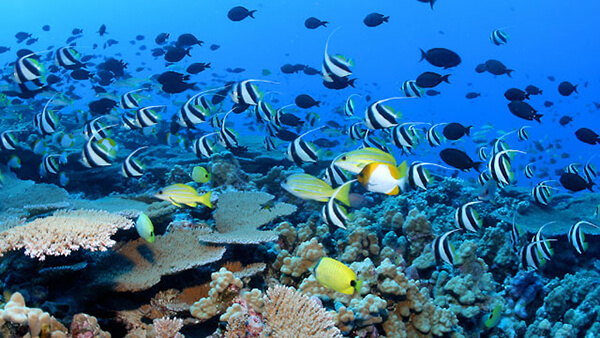
Ocean Literacy with Each One, Teach One Cards
Teach your students the seven essential principles of ocean literacy with these colorful and engaging cards that can be used following the "Each One, Teach One" methodology.
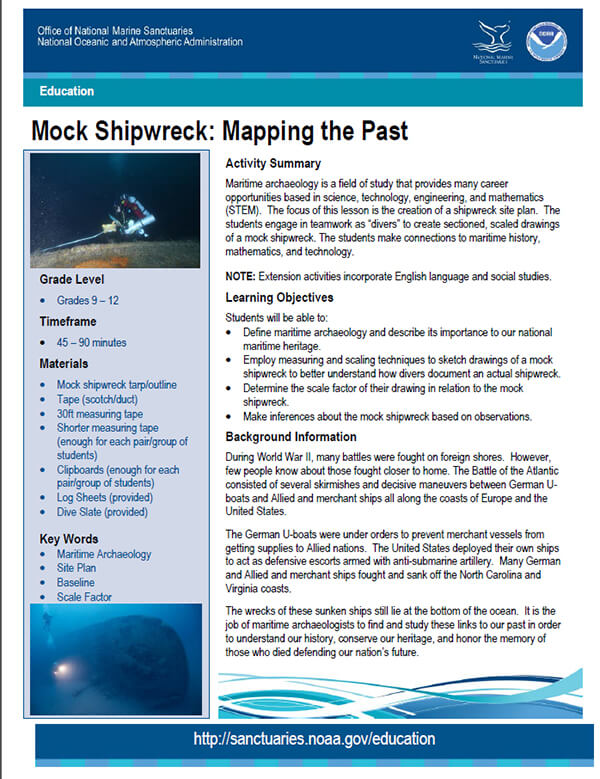
Mock Shipwreck: Mapping the Past
(Grades 6-12)
Students use math and a coordinate grid system to map a mock shipwreck while making connections to maritime history and technology.
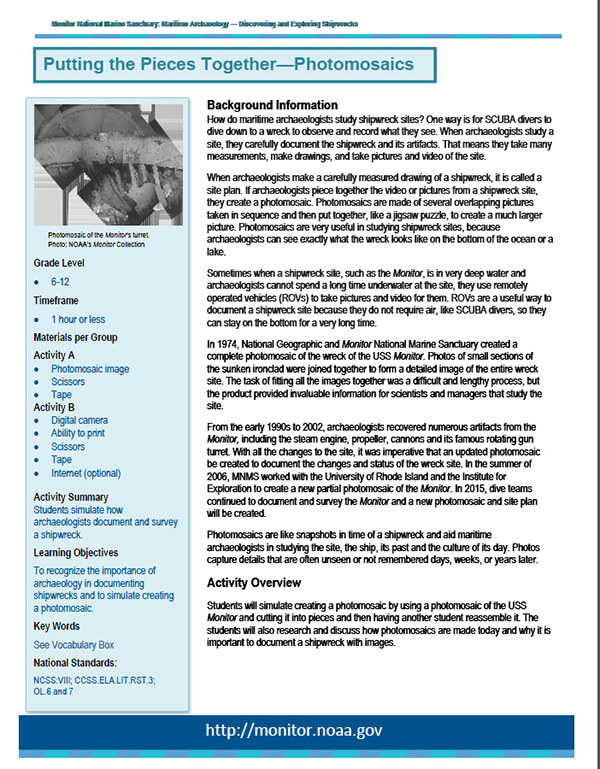
Putting the Pieces Together: Shipwreck Photomosaics
(Grades 4-6)
Students simulate how maritime archaeologists document and survey a shipwreck and learn why it is important.
Environmental Activities
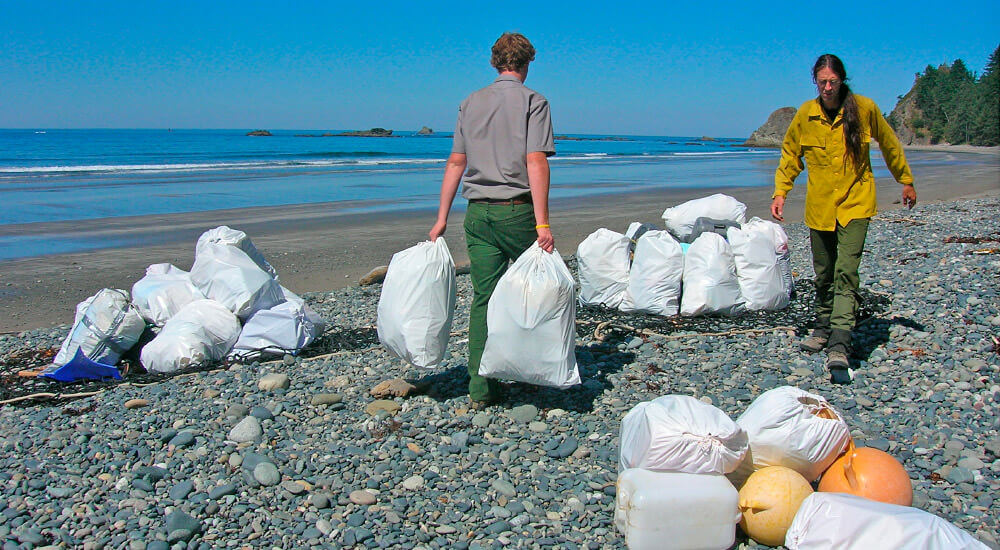
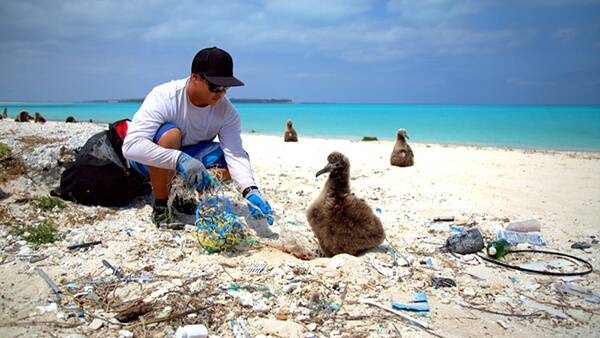
Marine Debris Monitoring Tool Kit for Educators
(Grades K-12)
Designed to assist teachers in educating students about marine debris and involving them in marine debris research and outreach. Students conduct marine debris surveys and can enter their data into a national database to analyze and monitor results and to become involved in marine debris stewardship within their communities.
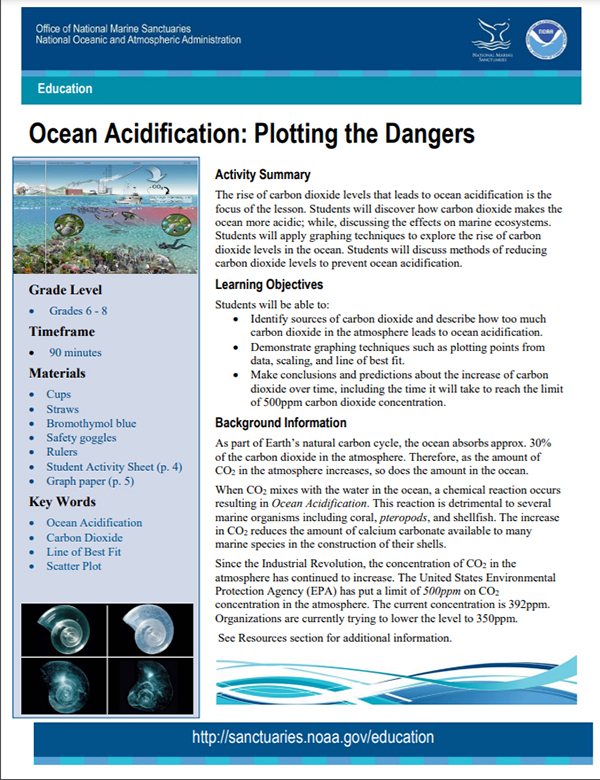
Ocean Acidification: Plotting the Dangers
(Grades 6-8)
Using graphing techniques, students explore the rise over time of carbon dioxide levels in the ocean, making the ocean more acidic. They discuss the effects that it might have on marine ecosystems and try to determine ways to prevent ocean acidification.
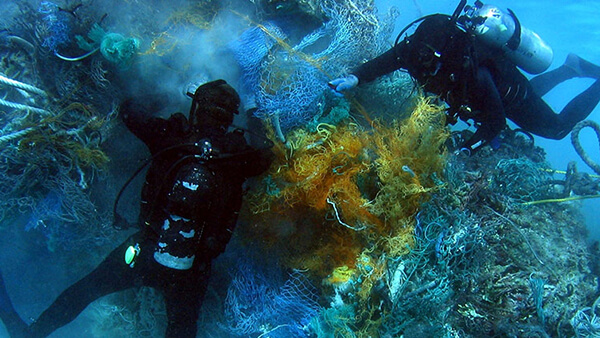
Marine Debris: The Probability of Human Impacts
(Grades K-6)
By conducting a probability experiment, elementary students discover the detrimental effects of marine debris on ocean ecosystems and discuss how the presence of marine debris in food supplies can increase over time.
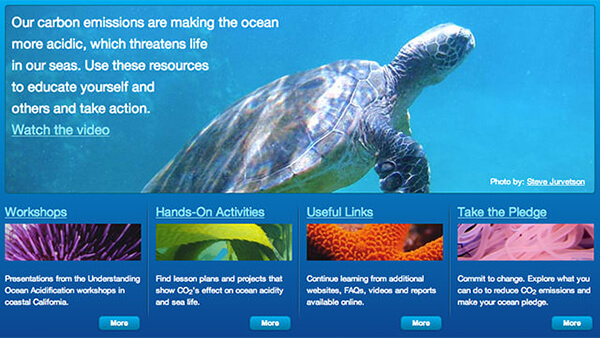
Ocean Acidification
(Grades 6-8)
Our carbon emissions are making the ocean more acidic, which threatens life in the global ocean. Use these resources to educate yourself and others to take action.
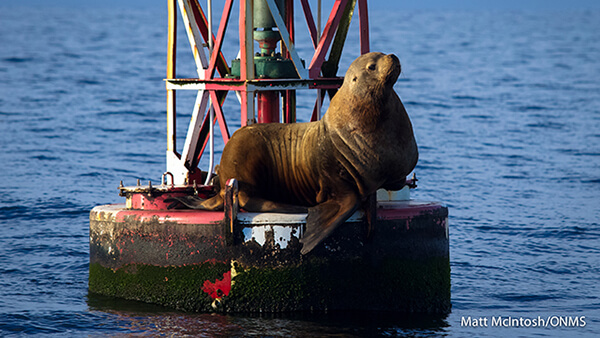
NOAA Ocean Data Education Project
(Grades 6-12)
The NOAA Ocean Data Education (NODE) Project develops curriculum for grades 5-8 designed to help teachers and students use real scientific data to explore dynamic Earth processes and understand the impact of environmental events on a regional or global scale.
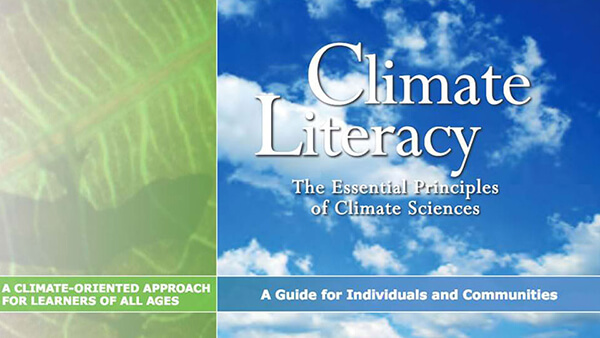
Ocean and Climate Literacy Principles
These guides produced by scientists and educators present a vision of an ocean and climate-literate society.
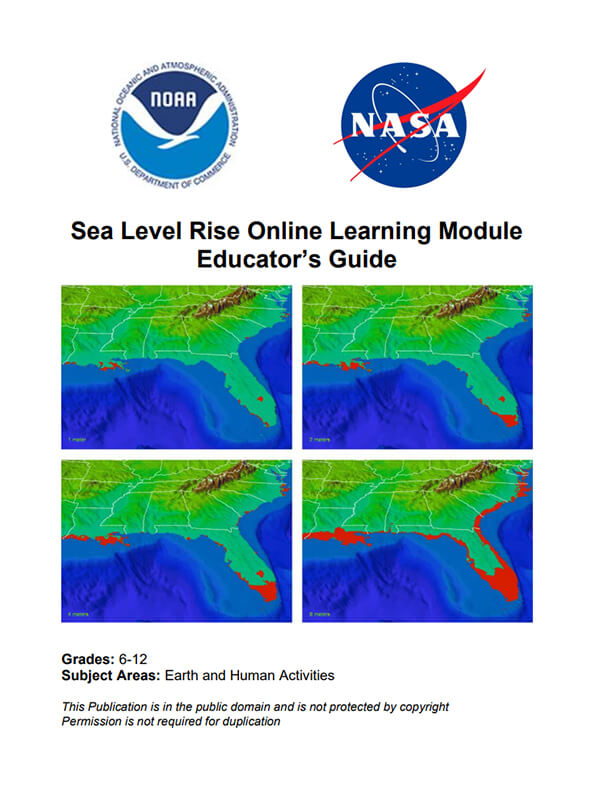
Sea Level Rise Module
(Grades 6-12)
Learning module that helps students to understand sea level rise, its causes, and impacts. It challenges students to think of how they can personally respond to sea level rise. Module features a 23-minute video presentation to facilitate discussions.
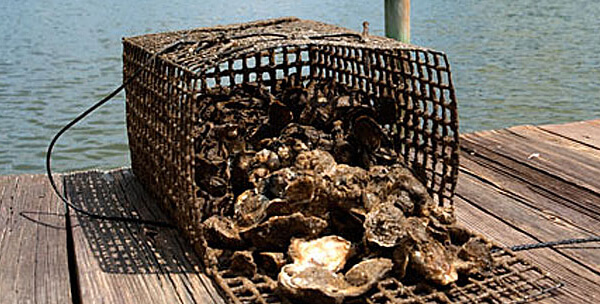
Oysters in the Chesapeake
(Grades K-12)
This oyster curriculum project represents a collaborative effort to identify and build an engaging set of K-12 education resources that comprehensively support the vision for science education using the Eastern Oyster in Chesapeake Bay as the organizing theme.
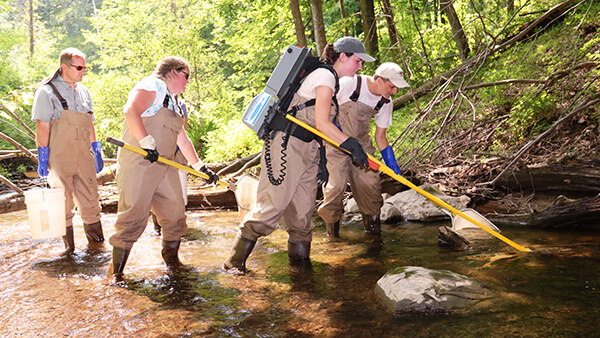
Estuary Education
(All Ages)
Estuaries are invaluable resources for coastal dwellers, whether of fin, fur, or feather. This site offers educators and estuary enthusiasts a variety of resources including activities, videos, teacher training workshops, real-time data, and opportunities to volunteer.
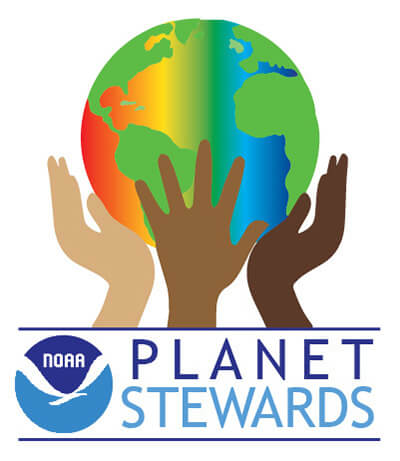
Planet Stewards
(Educators K-16)
NOAA Planet Stewards provides formal and informal educators working with K-16 students access to opportunities and resources enabling them to build scientifically literate individuals and communities.
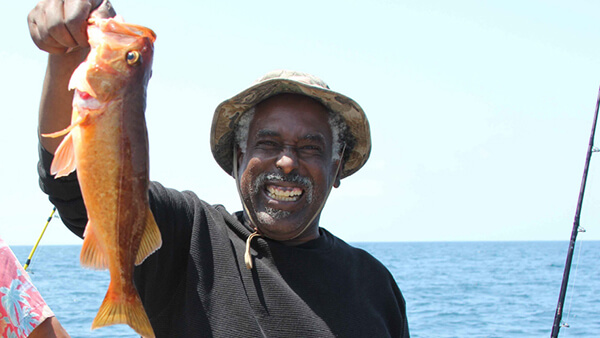
Fisheries Sea Stewards Handbook
(All Ages)
A handbook to support the Sea Steward program with activities on watersheds, marine debris, wildlife interactions, oil spills, fishing, sea level rise and more. Through this program, underserved students, persons with disabilities, and veterans spend a day recreating on the ocean and learning about what it means to be an ethical angler and a marine steward.

